In Part 1, we discovered Kurlod's "fuelscape" centred on wood for energy security. Part 2 delves into fodder and livestock's roles in the fuelscape. Let’s visit Kurlod, again with Nitisha Agrawal of Smokeless Cookstove Foundation and Godrej Design Lab Fellow 2024 to discover a new story.
The sun shines
to make hay.
Something to chew
as we ruminate.
There are no tractors in Kurlod; at least, I have not seen one whenever I have been there, except for small plastic ones that the children play with. Kurlod is an agricultural village with a large paddy field that yields one crop during the monsoon season, and the bulls power the ploughing and other activities.
Tractors work on hydrocarbon fuel, while bulls are fuelled by what’s available here in the hills - the earth, the sun, rain, and carbon harvested from the air. That way, the village is fuel-sufficient and outside the grid.
This means that the roofs of the village's homes double as haystacks, with additional hay stored on platforms within fallow fields, safely out of reach from grazing bulls and cows, awaiting the next monsoon. Thus, hay and loitering bulls and cows form the other main feature of Kurlod's fuelscape.
Here are a few images.
When hay gets processed into another form of fuel - dung.
The bulls of Kurlod.
Bulls snorting and fighting over cows in the fallow fields.
While the Smokeless Cookstove Foundation's work revolves around a stove, its purpose and the world it exists in, along with the understanding of the lives and aspirations of the women and communities who use it, are what make all the difference.
Read Part 1: Secrets of the Smoke - Part 1
Nitisha on Substack


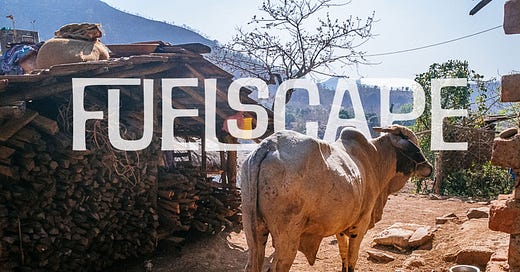



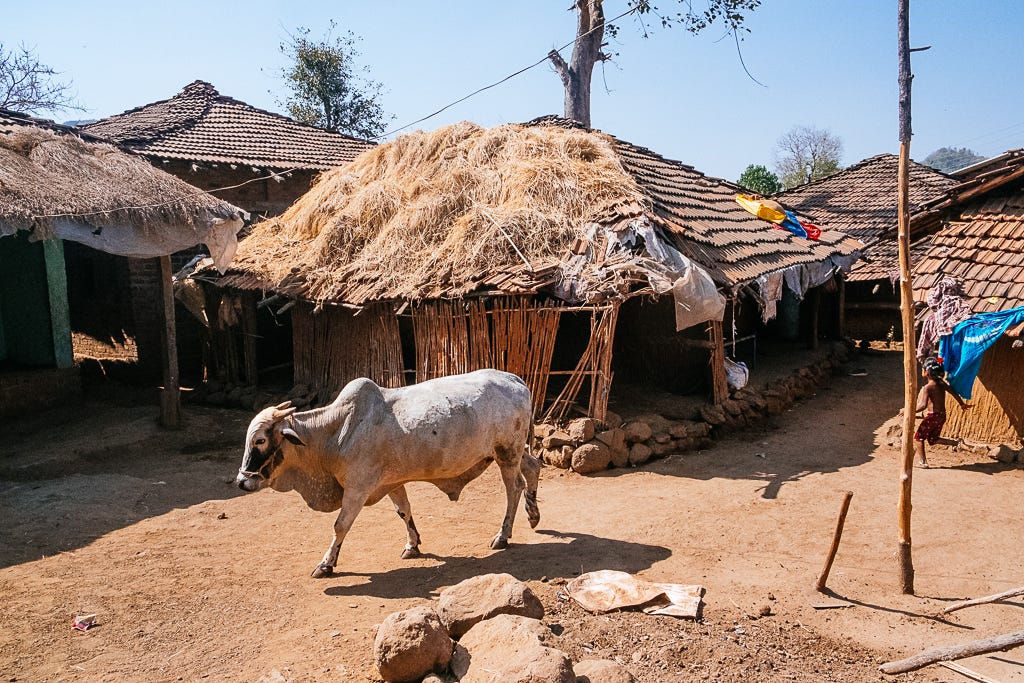
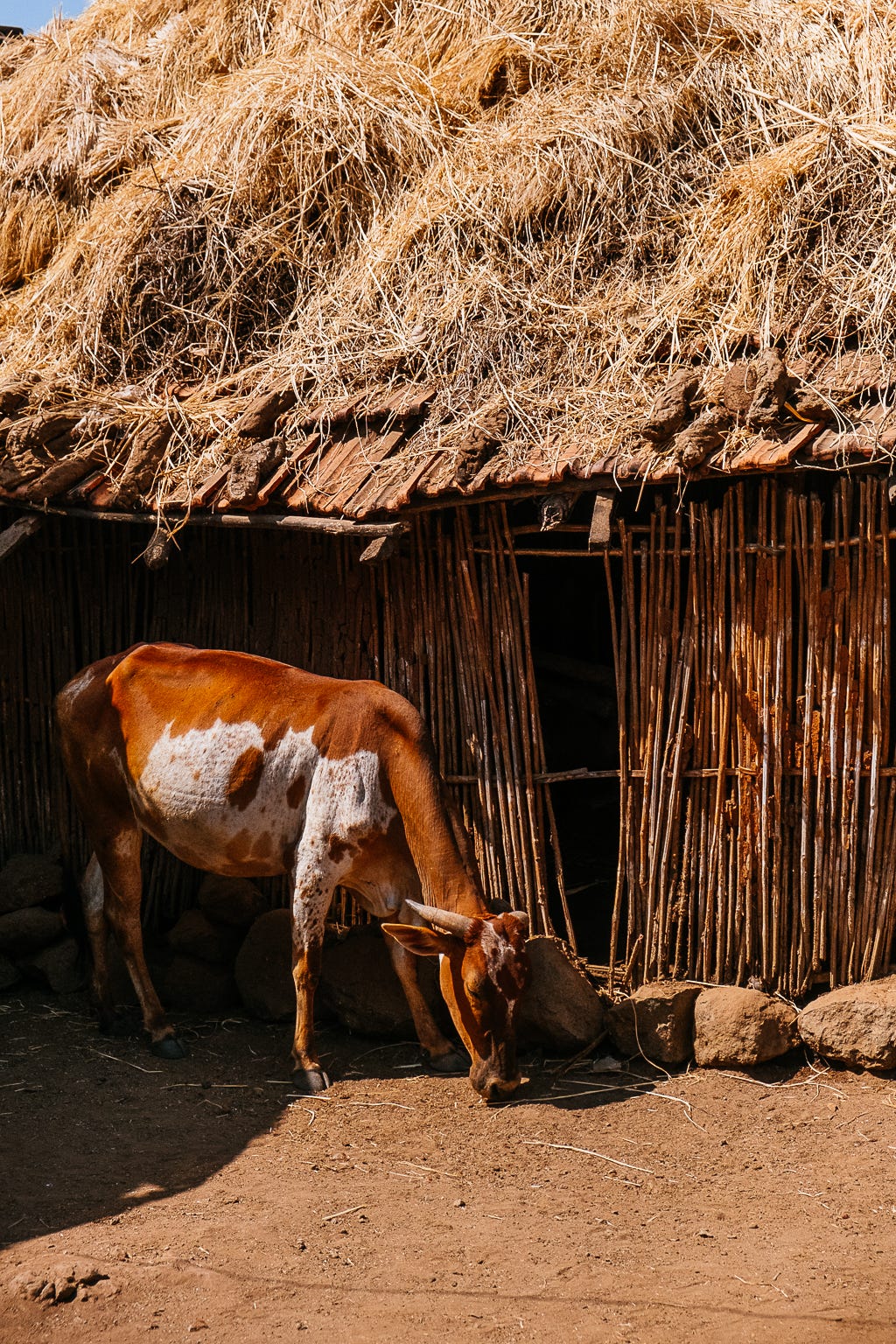

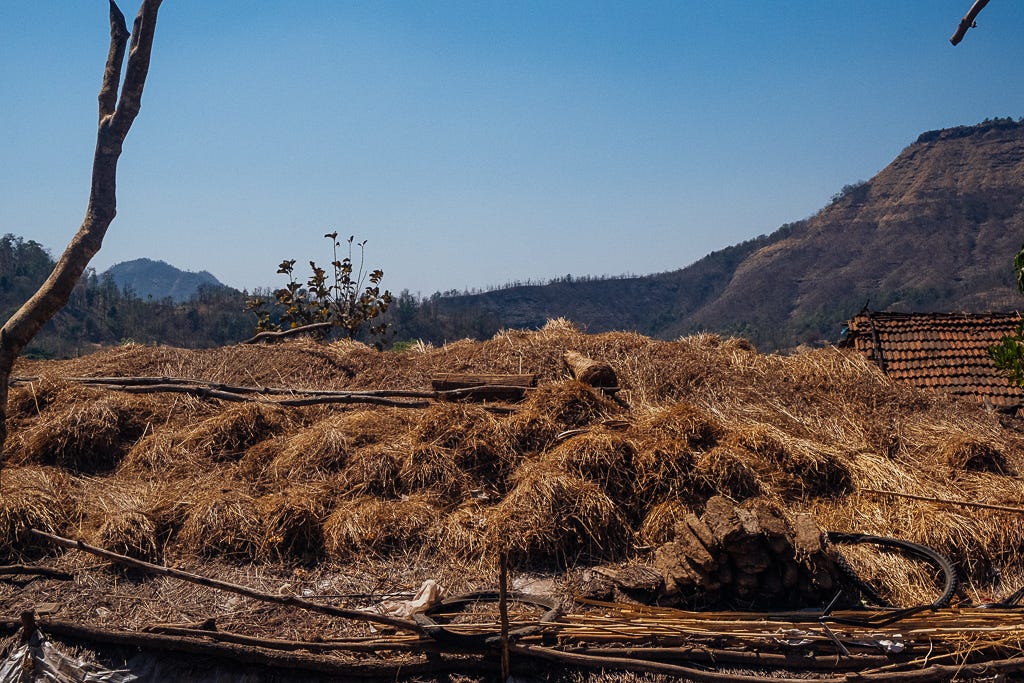
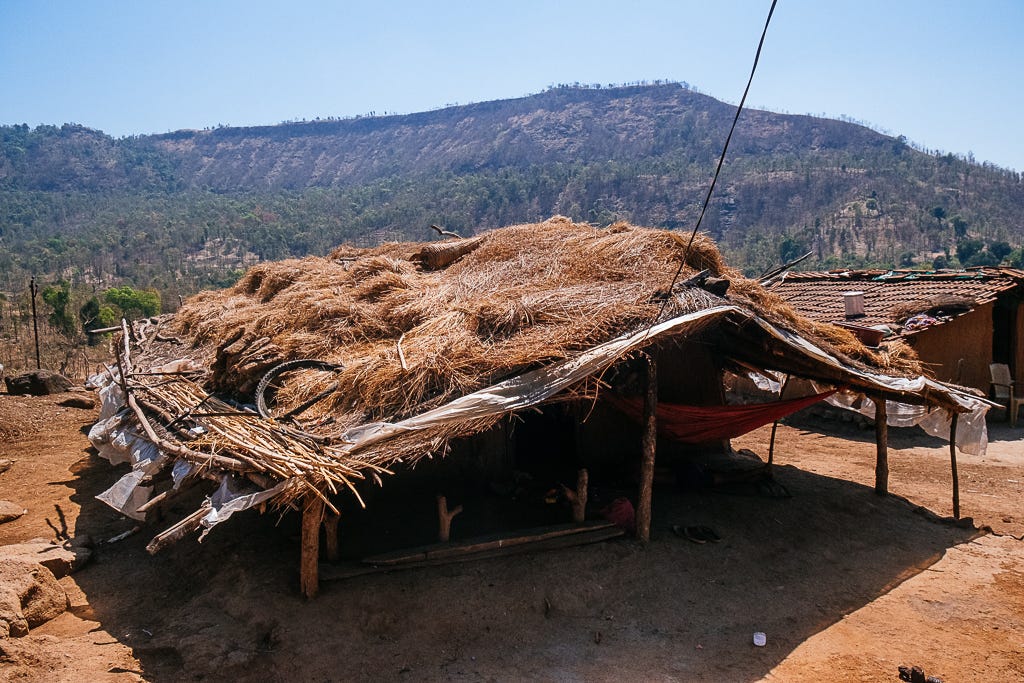
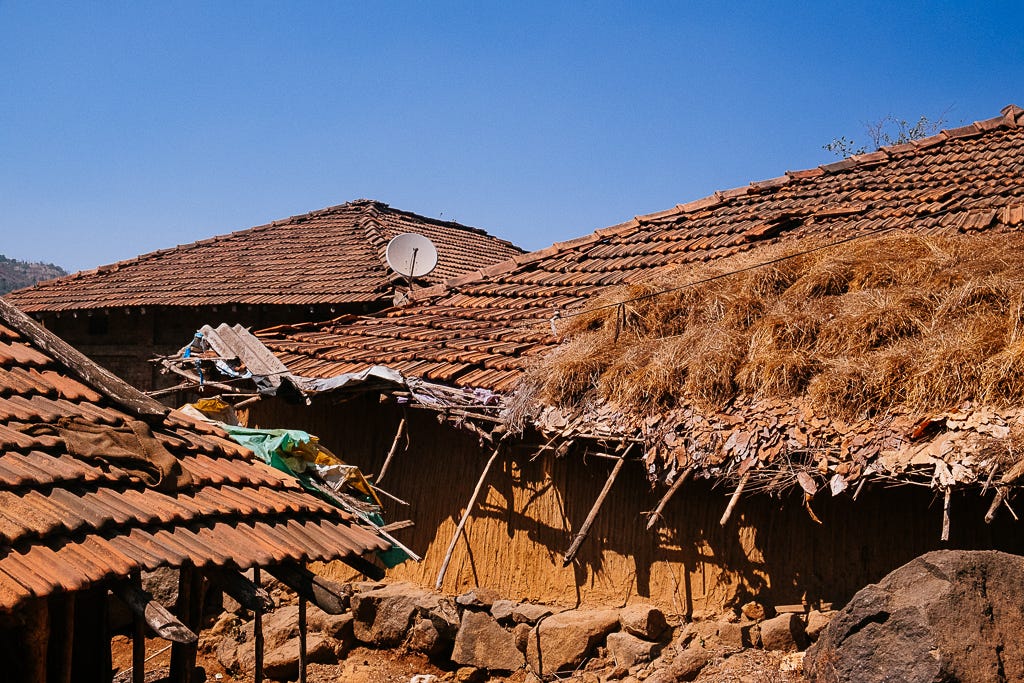

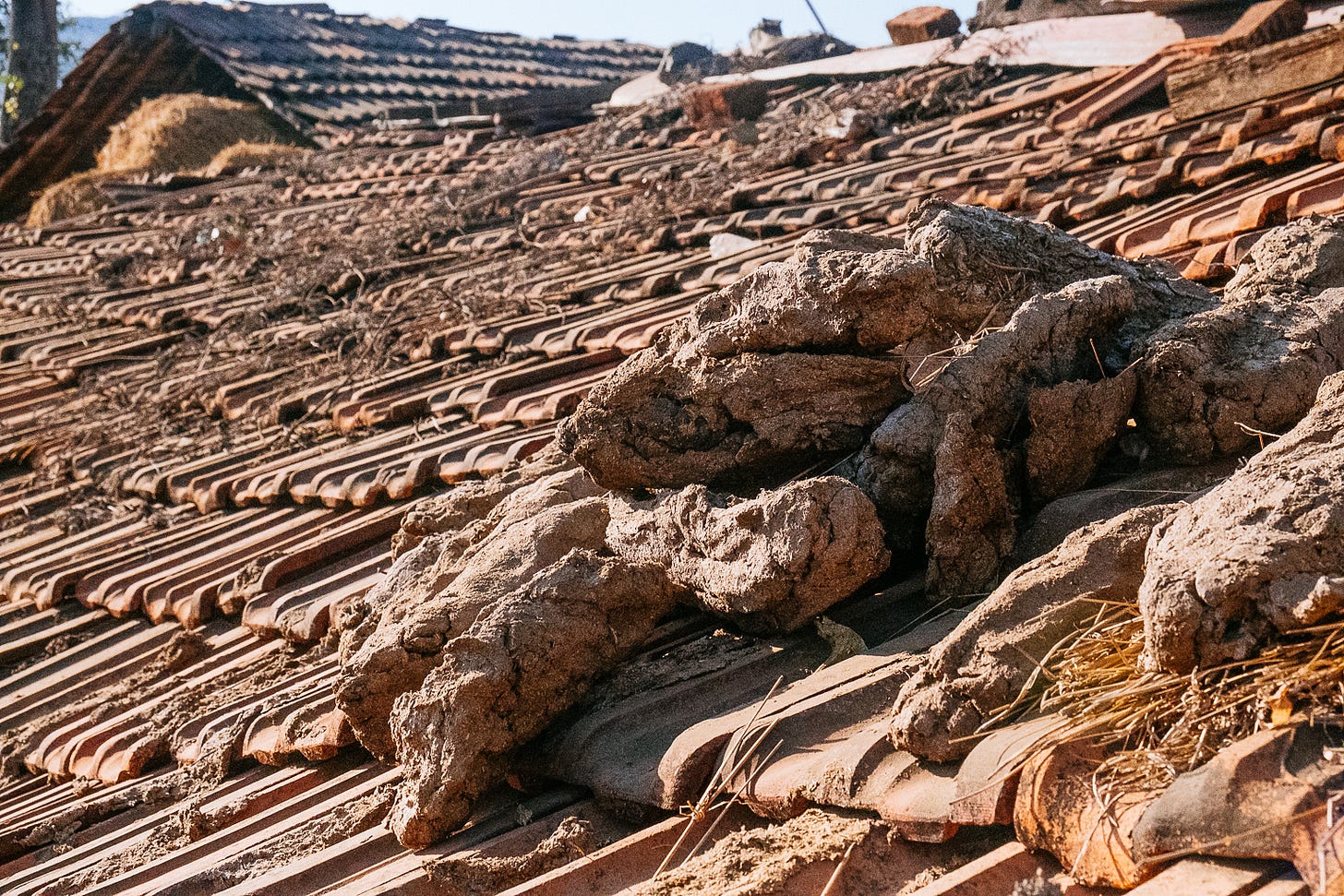
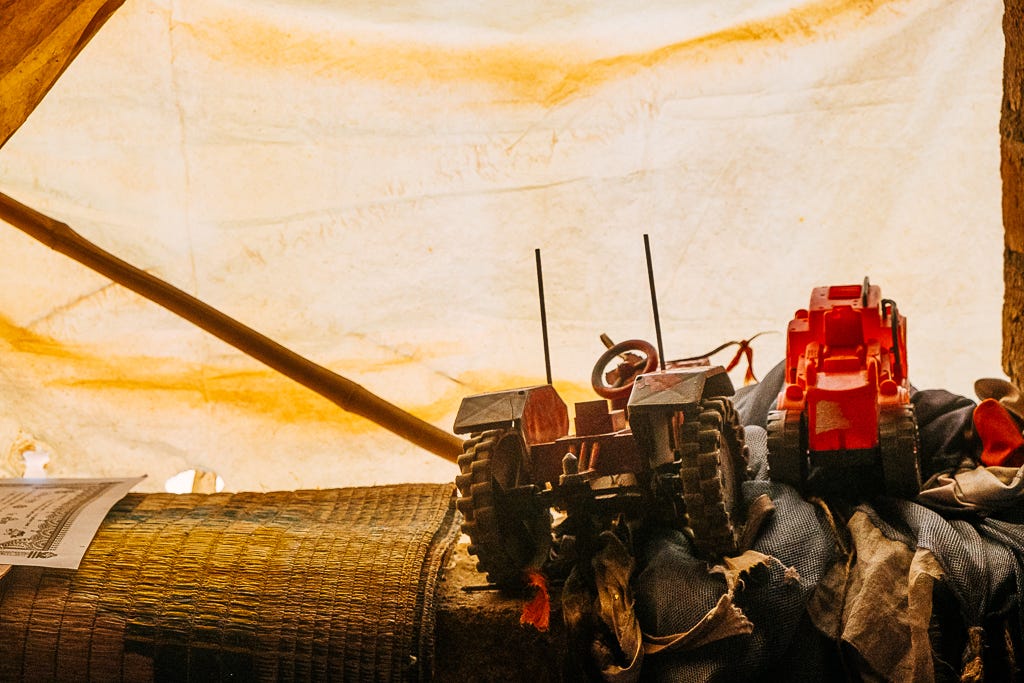
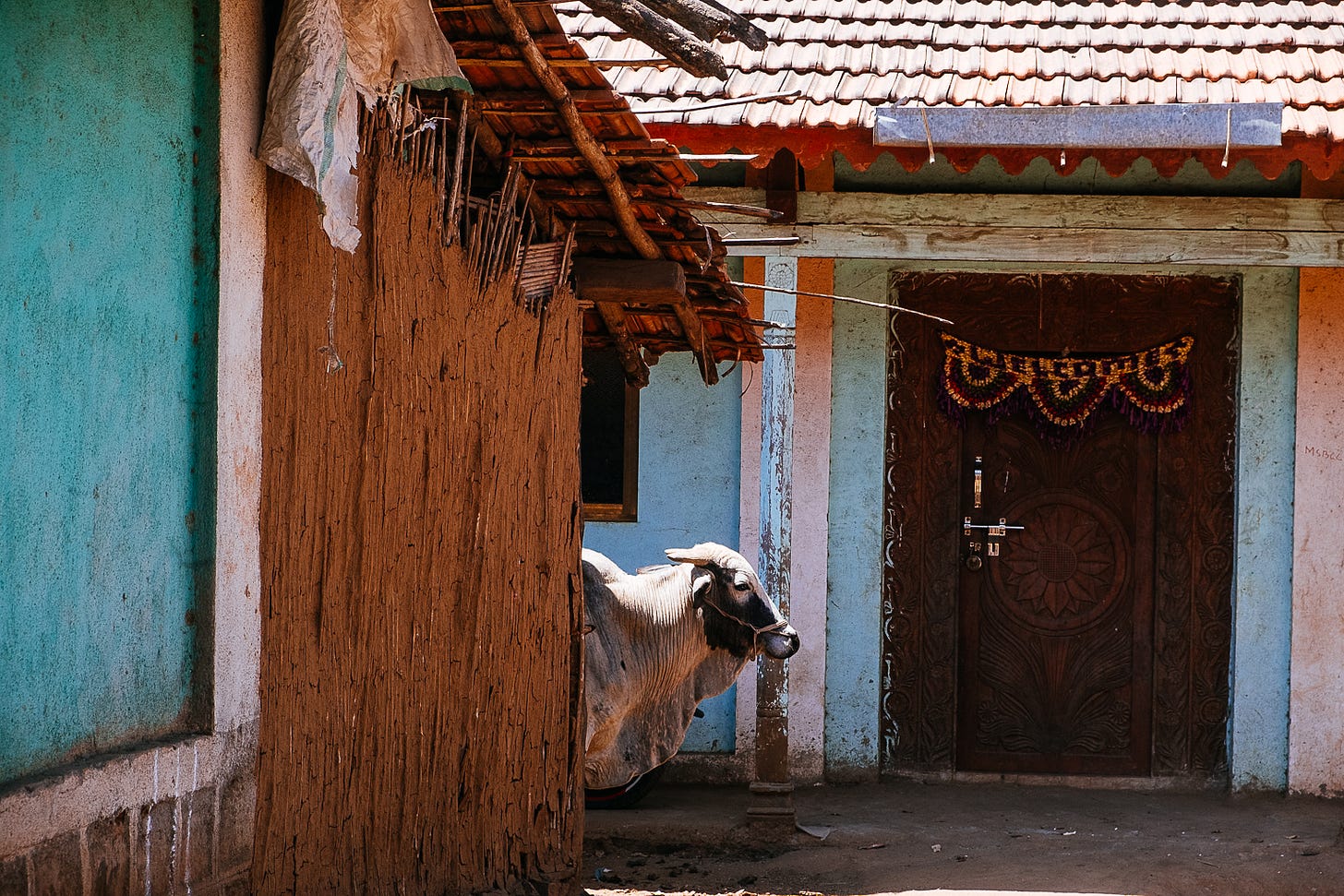
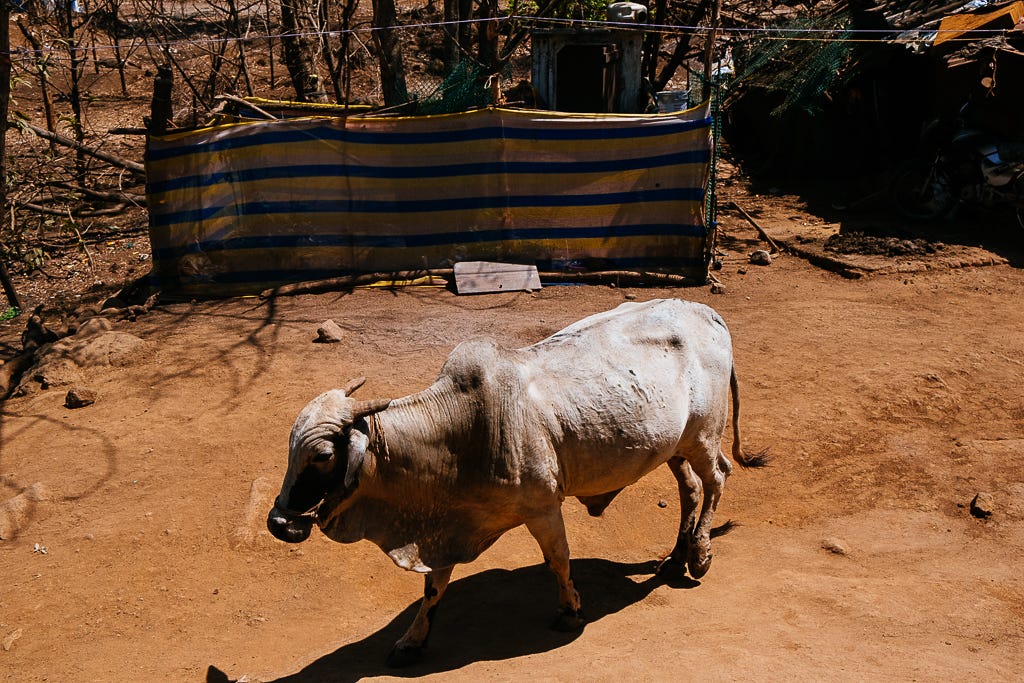
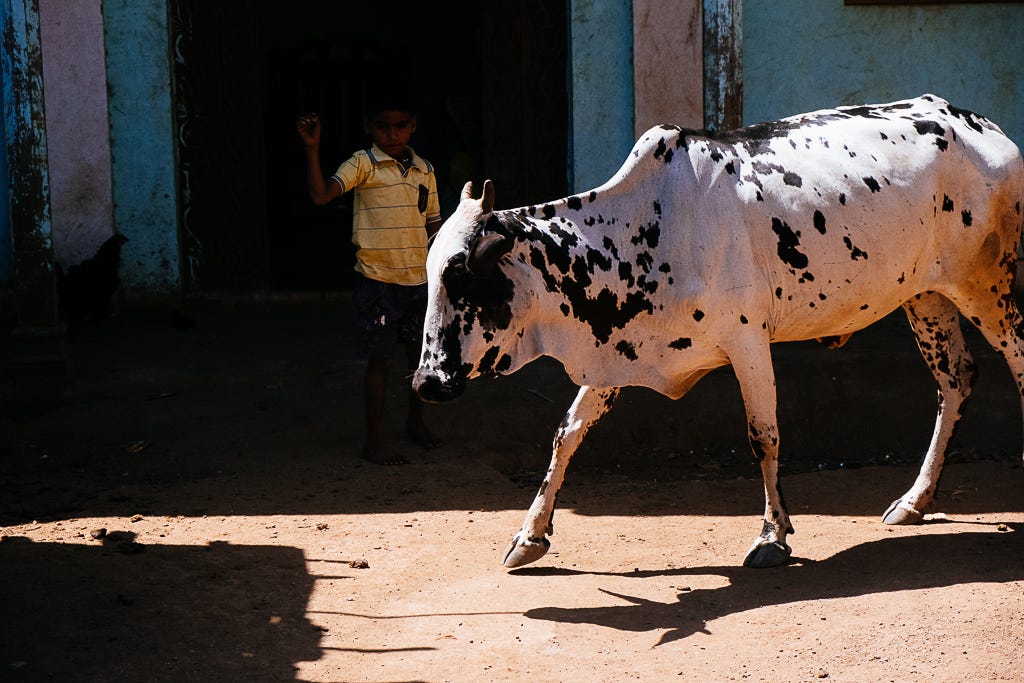



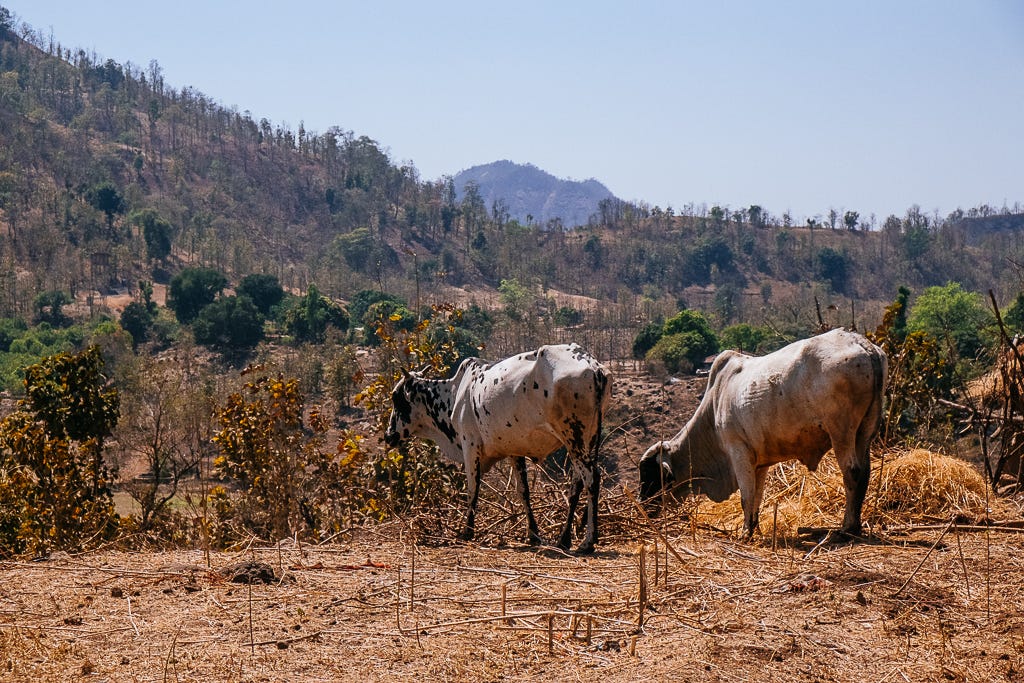

The villages are always alive and riveting! Despite the tough and marginal living conditions, there is simplicity, innocence and resilience in every aspect of their lives. Thank you for coming along on this journey with us at Smokeless Cookstove Foundation and bringing the lives of Kurlod village to your readers. Much gratitude.
Interesting